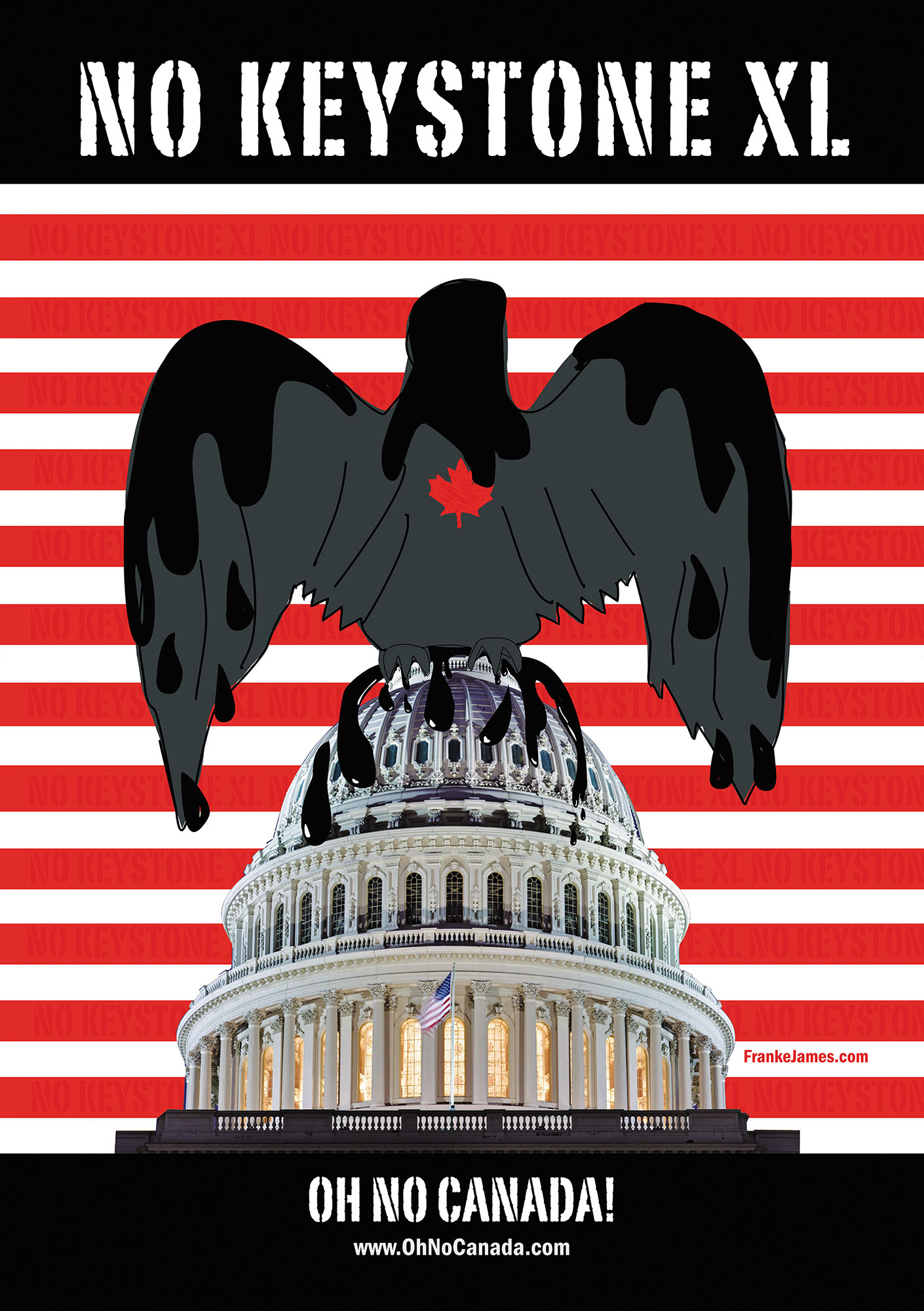This appeal to make Canadian history included maple leaves and a beaver on the flag, although Canadians in the First World War fought under British command.
ADVERTISING IN CANADA
This appeal to make Canadian history included maple leaves and a beaver on the flag, although Canadians in the First World War fought under British command.
Food and machinery, in addition to thousands of troops, were part of Canada’s massive contribution to “the Motherland” and her allies between 1914 and 1918.
Canada’s agricultural exports were a backbone of the economy in the early twentieth century, although few farmers looked as dapper as the boots-and-breeches one featured in this poster.
The female rider waved a Union Jack over the returned Canadian soldier in 1919, but she was clad in provincial flags and her horse was garlanded with maple leaves for the victory parade.
From the late 1800s to the 1920s, the Canadian government lured settlers to the prairies with promises of free land and images of plentiful crops and healthy children.
In the first half of the twentieth century, Canadian Pacific made brilliant use of colour posters to advertise their railways, steamships, and airline . . . and incidentally, the country itself.
In 1930, Prime Minister Mackenzie King posed as a blacksmith as he appealed to French Canadians not to allow the links in the chain that he had forged to rust. Although he lost the election, King would pay careful attention to national unity and enjoy a further thirteen years in power.
By 1930, the Mounties and their glossy black horses were recognized as Canadian icons wherever British shoe polish was sold.
In the Second World War, the Canadian government was happy to use a cartoon beaver to suggest that Canadian hard work and guile could defeat Adolf Hitler.
When Newfoundland joined Confederation in 1949, a new image entered Canadian iconography: a sou’westered fisherman welcoming mainland visitors.
Expo 67 and Captain Canuck captured the nationalistic exuberance as Canada entered its second century.
Artists—Athletes 1976 Olympics. Inuit imagery became popular throughout Canada after several Inuit communities established printmaking co-operatives.

By the twenty-first century, well-established imagery—the red maple leaf alongside the dome of the U.S. Capitol—crosses international borders, as Canadian concern about the global environment mounts.